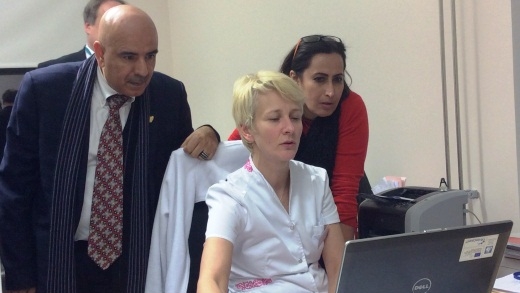“I should have called the Estonians when we were setting up our health care website,” quipped US President Barack Obama last September, referring to Estonia’s cutting-edge health sector IT systems. Shortly after Obama made his remarks, delegations from the Gulf state of Bahrain and the World Bank were boarding planes for the Baltic state of Estonia.
The journey to Estonia was part of a study tour organized to support an ambitious health sector reform plan in Bahrain, whose national Health Council aims to implement a wide range of reforms.
As a World Bank reimbursable advisory service, the visit was designed to learn first-hand about health insurance reforms in other countries. “Estonia provides a ‘good practice’ example of long-term successful reforms,” said Firas Raad, World Bank Task Team Leader for the project. “This is especially true in the areas of health insurance, e-health systems, payment systems and provider autonomy.”
Though located in very different parts of the world, Estonia and Bahrain share many similarities in terms of demographics and epidemiological trends (patterns of disease). To start with, both have small populations of around 1.3 million people, with those aged between 30 and 70 representing about half the population in each—about 52 percent in Estonia and 49 per cent in Bahrain. Both have been experiencing epidemiological transitions, with non-communicable diseases placing a greater burden on health care, causing almost 92 percent of deaths in Estonia and 78 percent in Bahrain.

